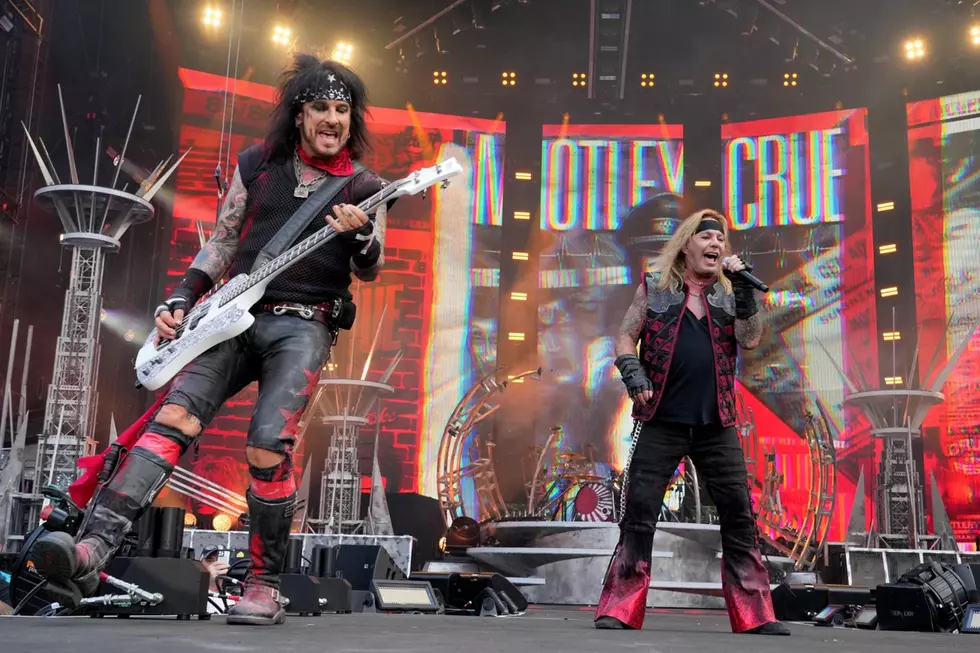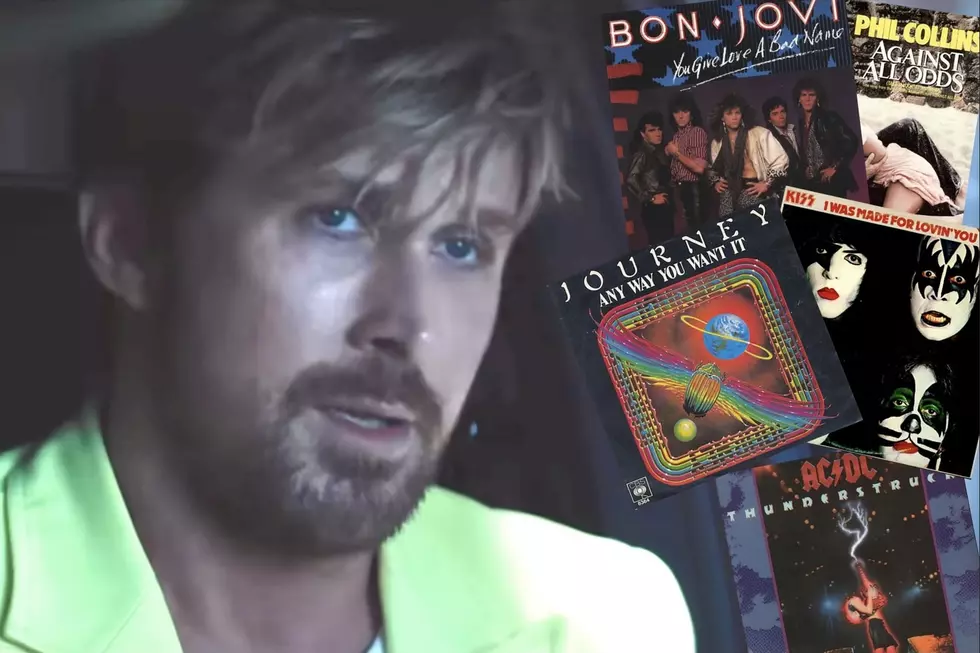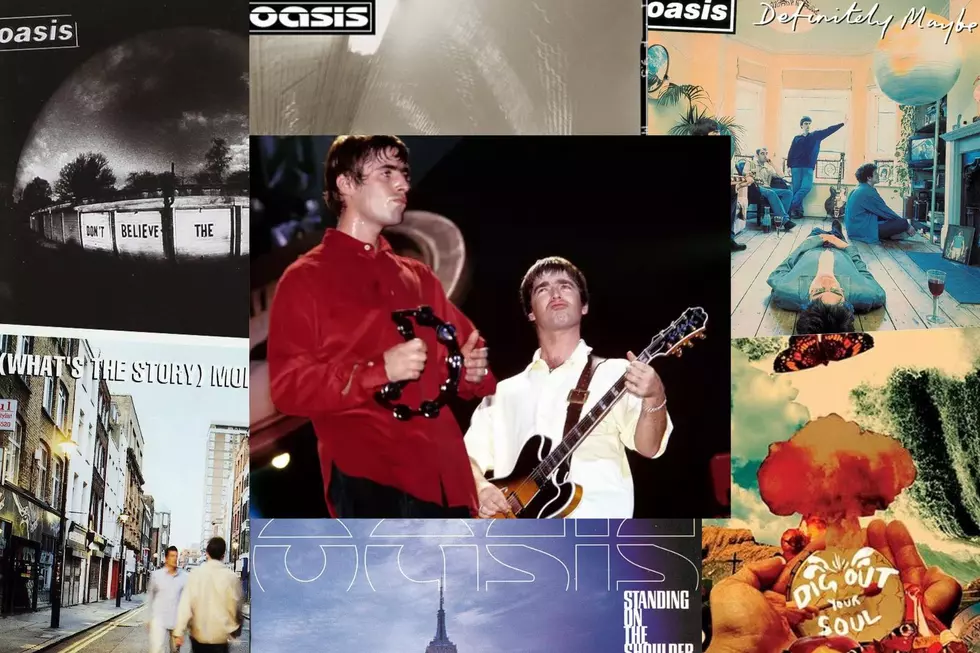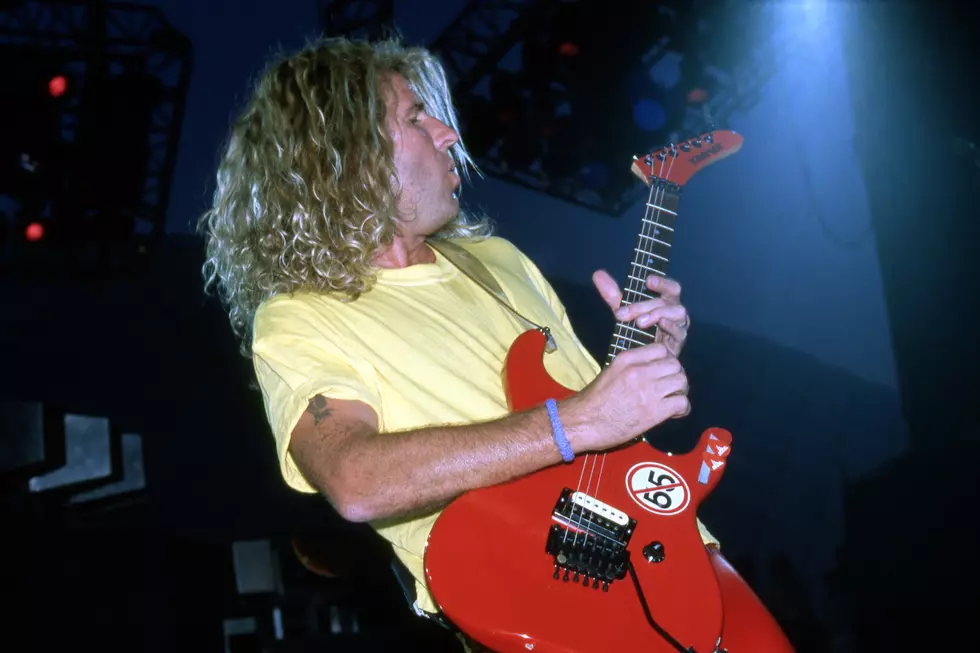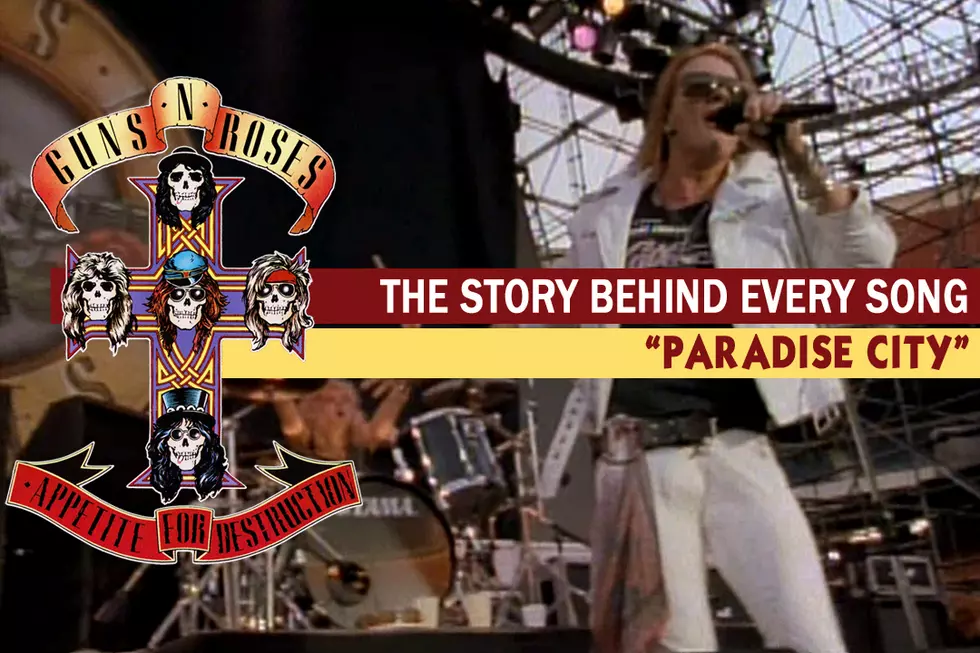
35 Years Ago: Guns N’ Roses (Sorta) Celebrate on ‘Paradise City’
Most of the songs on Guns N' Roses' groundbreaking debut album Appetite for Destruction take a dark, despairing look at the dangerous underside of life.
Going against the mid-'80s trend of using synthesizers to make hard-rock songs more accessible for pop-conditioned ears, Guns N' Roses mostly relied on the basic guitars/bass/drums/vocals setup that had been in place for rock 'n' roll records since the '60s.
"Paradise City" was the exception to both. Sorta.
READ MORE: The Best (And Worst) Song From Every Guns N' Roses Album
The sixth song on the band's rafters- and industry-shaking 1987 album was one of the few Appetite for Destruction songs that gave some breathing room, for a little while at least, to the gutter-level observations found elsewhere. And the mood-lifting synth played by Axl Rose that underlines the song pushes it toward a more open-ended space than the claustrophobic and harrowing corners found in tracks like "Welcome to the Jungle," "Nightrain" and "Mr. Brownstone."
Like many of the songs on Appetite for Destruction, "Paradise City" began as a group collaboration, and it was one of their first. According to guitarist Slash in his 2007 autobiography, he and Rose, guitarist Izzy Stradlin, bassist Duff McKagan and drummer Steven Adler were returning home in Los Angeles from a gig in San Francisco in a rented van. There was alcohol and acoustic guitars involved, and that eventually led to the song's familiar riff.
Watch Guns N' Roses' 'Paradise City' Video
First Came a Key Lyric Change
Soon, Rose started singing the song's refrain, and everyone started to chip in, adding musical and lyrical amendments along the way. Slash preferred his own chorus – "Take me down to the Paradise City / Where the girls are fat and they've got big titties" – to the one that the rest of the band favored and was eventually used: "Where the grass is green and the girls are pretty."
It wasn't long before Guns N' Roses had the seeds for one of their most popular songs. "Paradise City" more or less celebrated the good life rather than focusing on their typical subject matter: the druggy despair of Los Angeles. Still, their relatively festive chorus often belies the darker undercurrent found in the verses. "Strapped in the chair of the city's gas chamber / Why I'm here I can't quite remember," Rose sings at one point. "The Surgeon General says it's hazardous to breathe / I'd have another cigarette but I can't see."
"The verses are more about being in the jungle," Rose told Hit Parader in 1988, a nod to the fight-to-survive mindset that defined Appetite for Destruction. "The chorus is like being back in the Midwest or somewhere." (Rose, like the other members of Guns N' Roses, wasn't a Los Angeles native. He's from Indiana.)
Guns N' Roses smartly played off this dichotomy with a bit of musical juxtaposition: The song starts with a singalong chorus, rather than a verse, and they are delivered with a smooth arpeggio. The verses, in almost direct contrast, are tougher and choppier, as Rose spits out the words over chugging, distorted guitars.
The riff itself has roots in other bands and songs, including Hanoi Rocks, one of Rose's favorite bands. Hanoi Rocks' former guitarist Nasty Suicide appears in the "Paradise City" video, which captures them onstage from a pair of performances during their breakout year. The Black Sabbath track "Zero the Hero" from 1983's Born Again was also noted in the book The Top 500 Heavy Metal Songs of All Time as an influence.
Guns N' Roses didn't directly acknowledge these similarities, but the lines from earlier hard-rock bands to their own music have never been hidden.
Listen to Guns N’ Roses’ ‘Paradise City’ With Dave Grohl
'Paradise City' Transforms Itself Near the End
Clocking in at almost seven minutes, "Paradise City" is the longest song on Appetite for Destruction, a fact somewhat concealed by the track's final couple of minutes, when it kicks into double time and essentially turns into a harder and faster kind of beast. It's almost a different song at that point.
No surprise that "Paradise City" was pulled from the album as its fourth single. An edited version followed "Welcome to the Jungle," which was re-released in October 1988 on the heels of the No. 1 showing for "Sweet Child o' Mine," and likewise reached the Top 10. "Paradise City" arrived on Jan. 10, 1989, and made it all the way to No. 5 in the U.S. The single also climbed to No. 6 in the U.K., where Guns N' Roses was quickly repeating their stateside success.
READ MORE: A Complete Guide to Guns N’ Roses Lineup Changes (We Think)
As with many of the band's songs from this fertile period, "Paradise City" almost immediately earned its classic status. The song has served as Guns N' Roses' closing concert number for most of their career, and has been named by Slash as his all-time favorite song by the band.
It's infiltrated pop culture too, showing up in video games, at sporting events, in movies (Tom Cruise sings the song at the beginning of 2012's Rock of Ages), in trailers and even on that terrible "metal" album Pat Boone released in 1997.
By the time "Paradise City" was making its way into the Top 10, Appetite for Destruction had already logged five weeks at No. 1 on the album chart and was on its way to selling more than 30 million copies across the globe. The album remains the biggest-selling debut LP ever. It signaled Guns N' Roses' dominance at a time when rock 'n' roll desperately needed a band to kick it back into shape. They were more than happy to oblige.
33 Rock Star Mug Shots
Gallery Credit: Nick DeRiso
The Story Behind Guns N' Roses’ 'Hard Skool'
More From Ultimate Classic Rock
